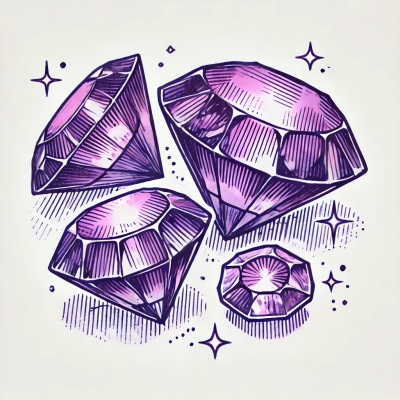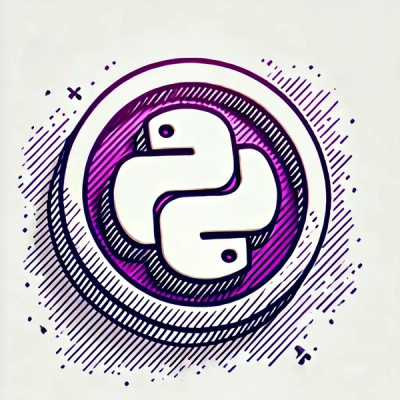
Security News
Gem Cooperative Emerges as a Community-Run Alternative to RubyGems.org, Led by Former Maintainers
Former RubyGems maintainers have launched The Gem Cooperative, a new community-run project aimed at rebuilding open governance in the Ruby ecosystem.


